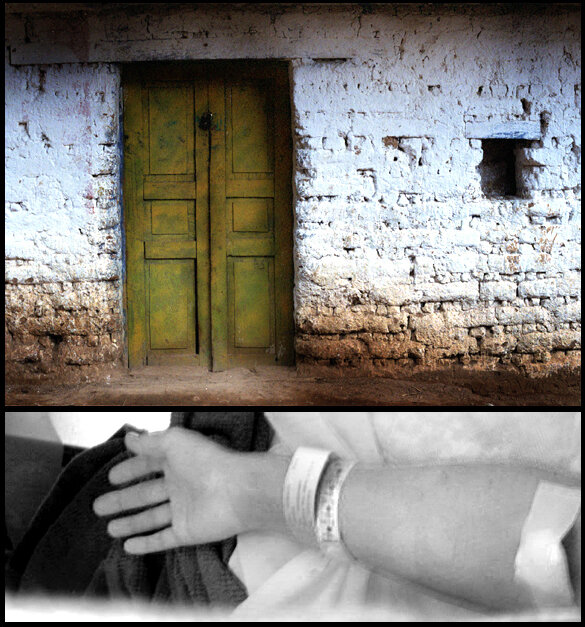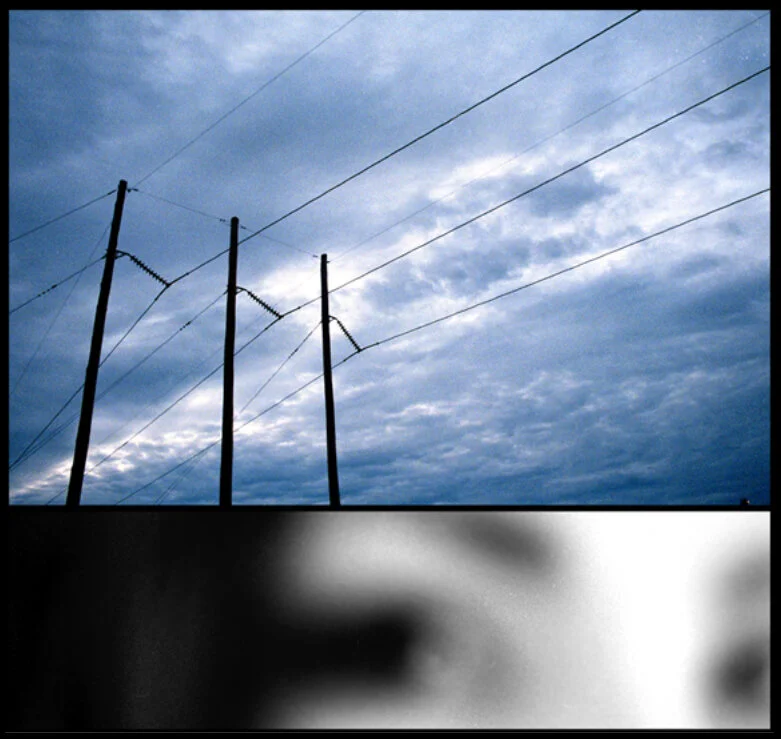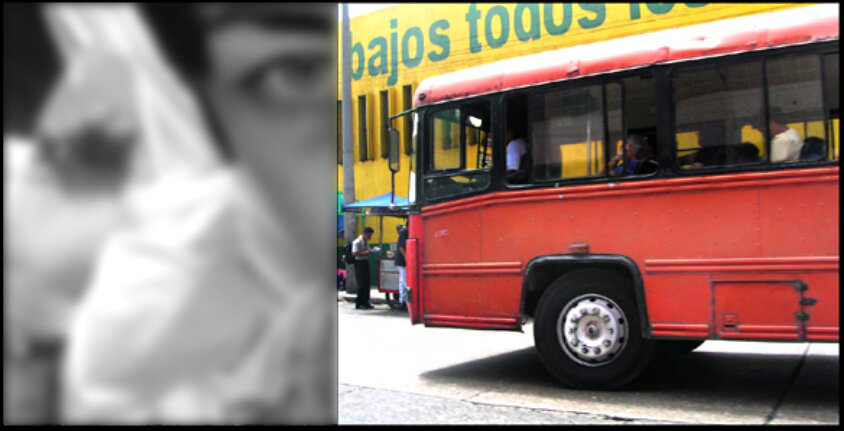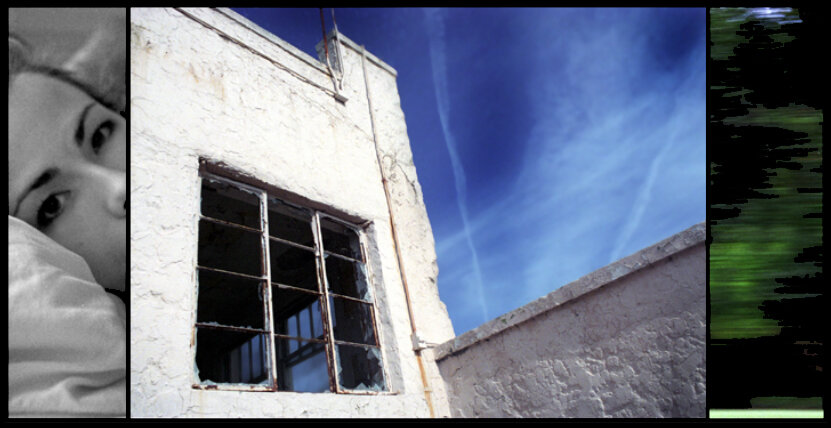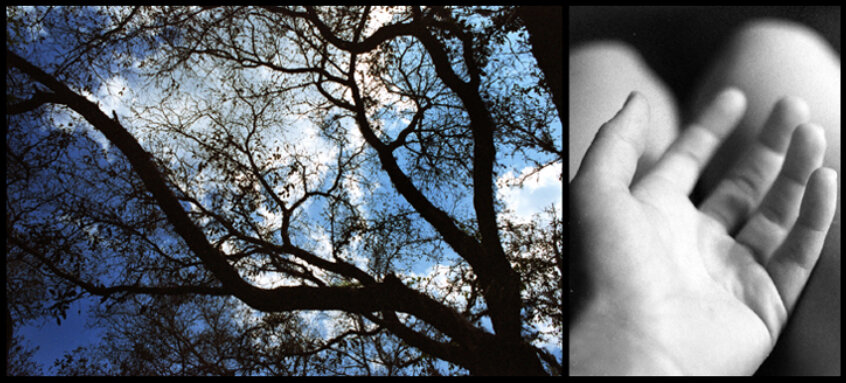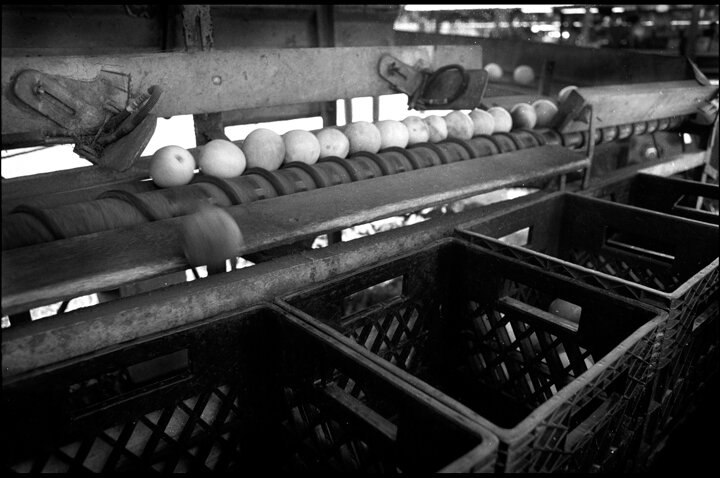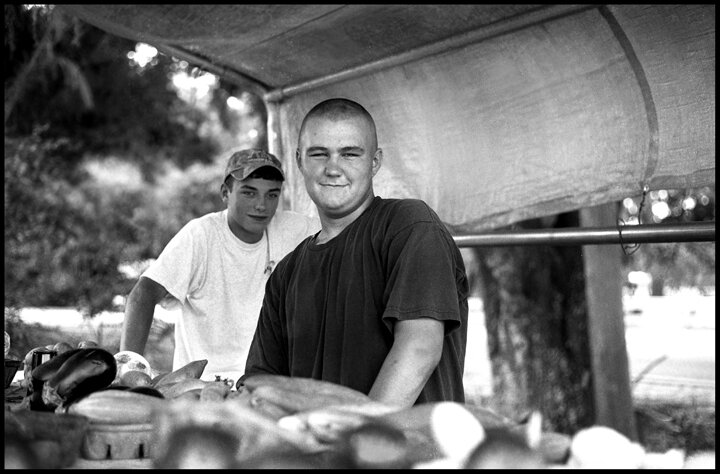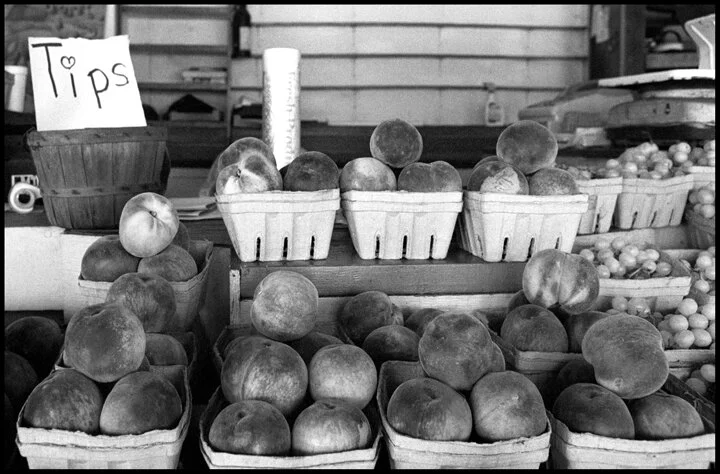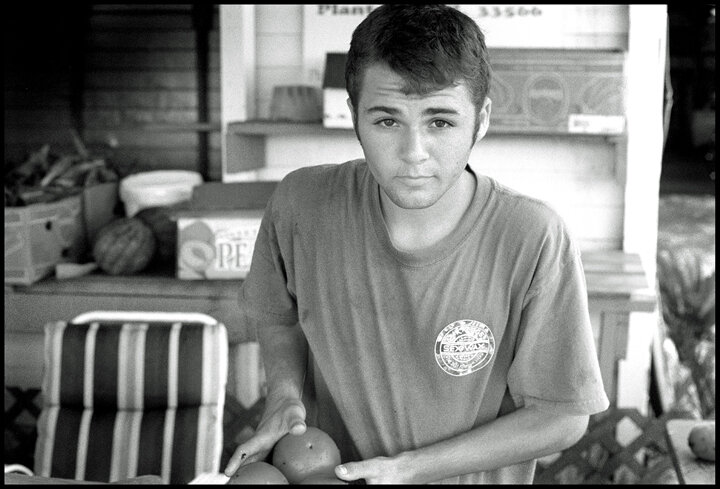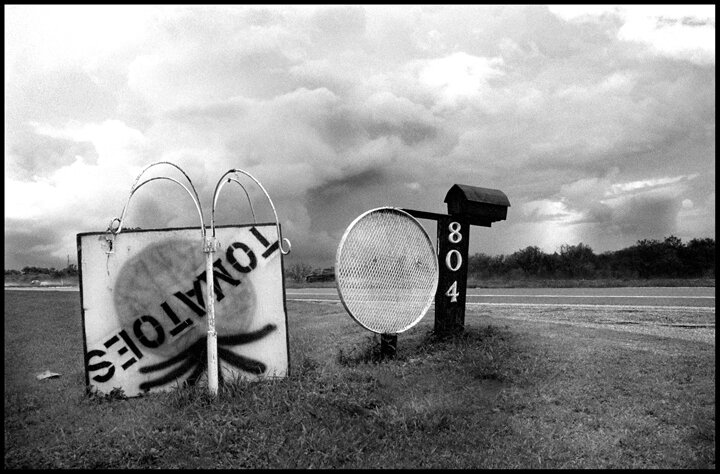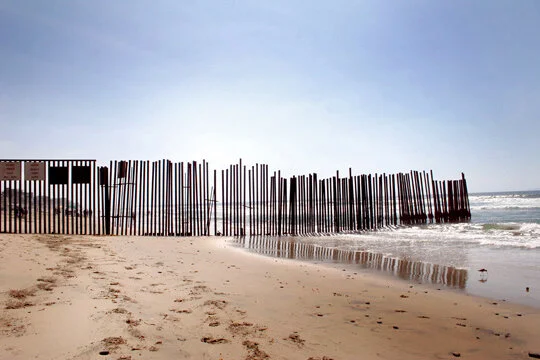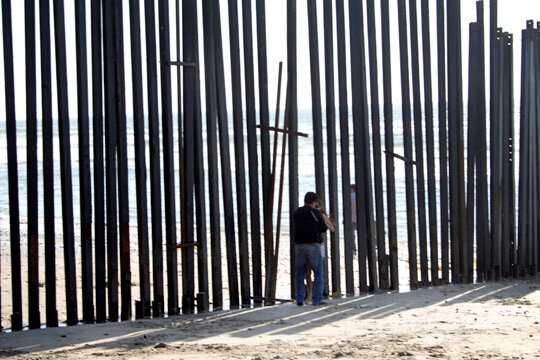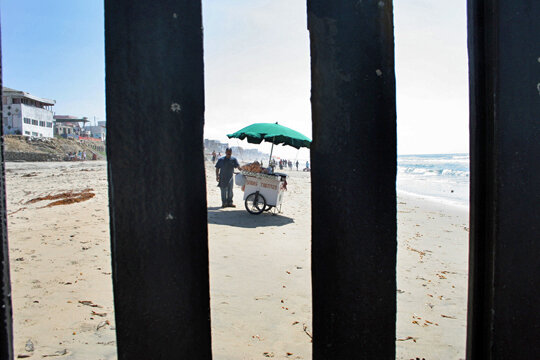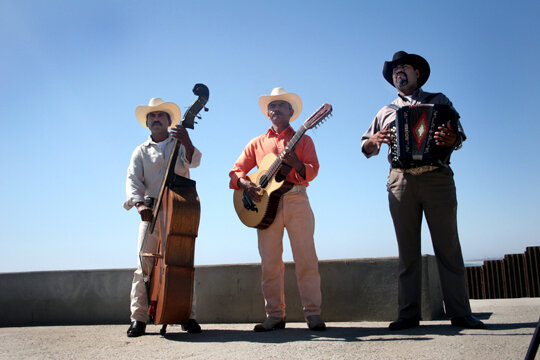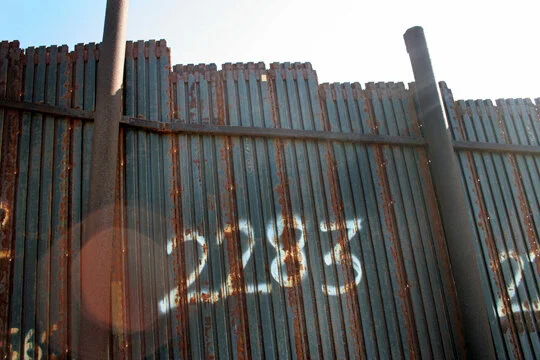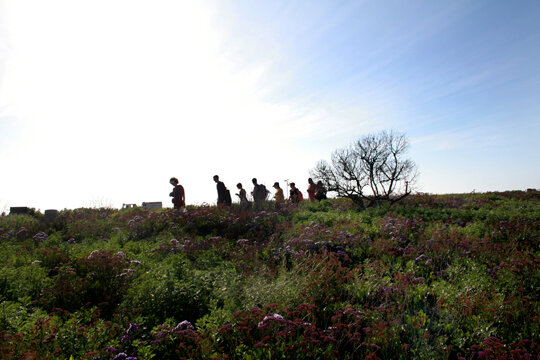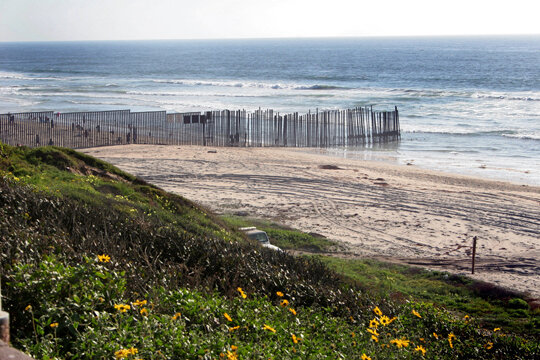This Time Nothing: A Visual Reflection on Life Threatening Illness
Tomatoes, Peanuts, and Fresh Squeezed Juice: A Visual Ethnography
Just beyond Florida’s main highways and thoroughfares is a cultural treasure that gives light to the most local of local commerce. As Florida's landscape grows and develops, small roadside produce stands are positioned in juxtaposition to the homogeneity and economic power represented in shopping malls, parking lots, and discount stores. These stands provide Florida communities and travelers an independent place to purchase produce and homemade gifts.
Florida roadside produce stands represent more than a form of local commerce because they articulate more implicit aspects of regional culture. Considered in symbolic form, these stands suggest meaning beyond their functional value. This photographic ethnography explores the culture and personality of several Central Florida roadside stands. Focused in Hillsborough and Polk counties, this series provides an intimate glimpse of produce stands and the people behind them. My conversations with customers and workers were rich and warm. In spite of the initial camera shyness of almost everyone I encountered, people enjoyed talking about their produce, recipes, and their connections to the stands.
The images presented here are excerpted from the original project.
A Divided Friendship: Stills From a Documentary Short
The international border between the United States and Mexico extends nearly 2,000 miles through Texas, New Mexico, and California. Across this vast geographical expanse, the protective barriers separating the two countries vary greatly.
Located at the southwestern most corner of the United States, Border Field State Park is a visually stunning coastal area located within the Tijuana River National Estuarine Research Reserve. Long known by local residents as Friendship Park, Border Field State Park was originally dedicated as a representation of the international friendship between the U.S. and Mexico.
At the southernmost edge of Border Field State Park, a fence constructed of steel marks the separation of the United States from Mexico. As it existed in the early 2000s, however, a short stretch of the border was separated only by a 20-foot tall chain-link fence, allowing people to communicate face-to-face across the border. Thick, evenly paced wooden pillars replaced the chain link fence as the barrier descended from the hillside nearly 100 feet into the Pacific Ocean.
The collaborative documentary short, and the images shared here, begin to explore the physical and cultural changes stemming from transformations to this part of the border in the early 2000s.

